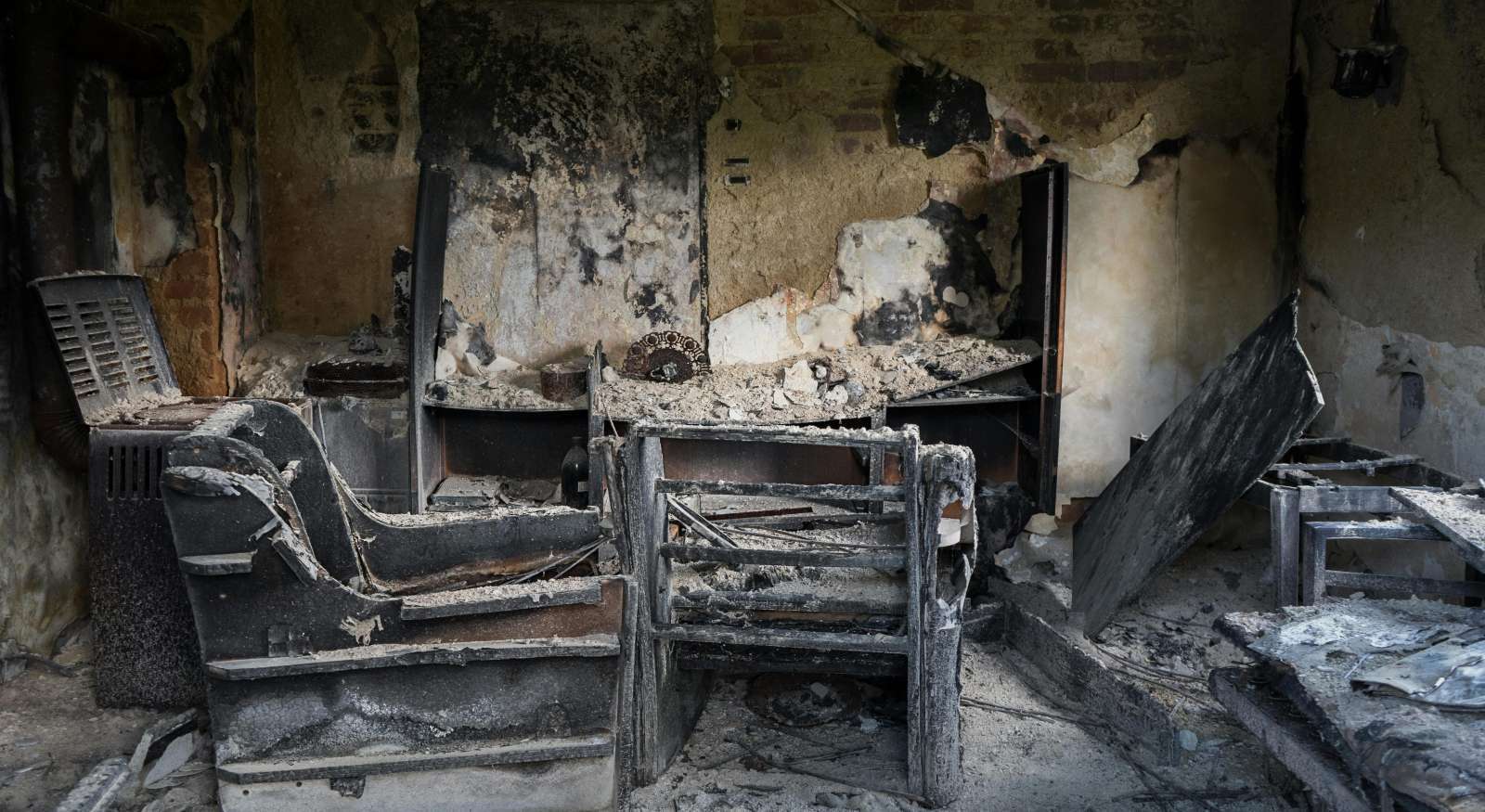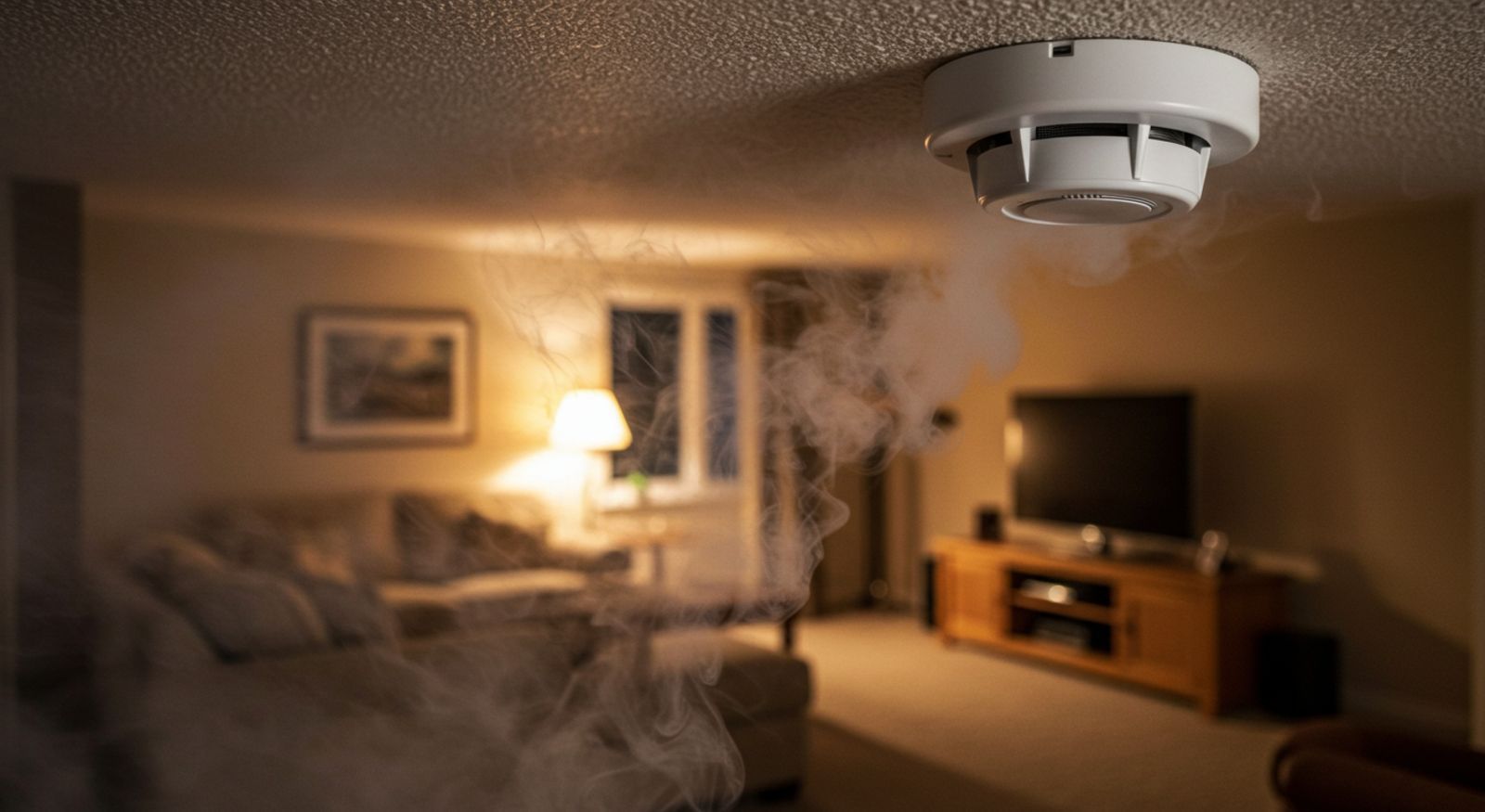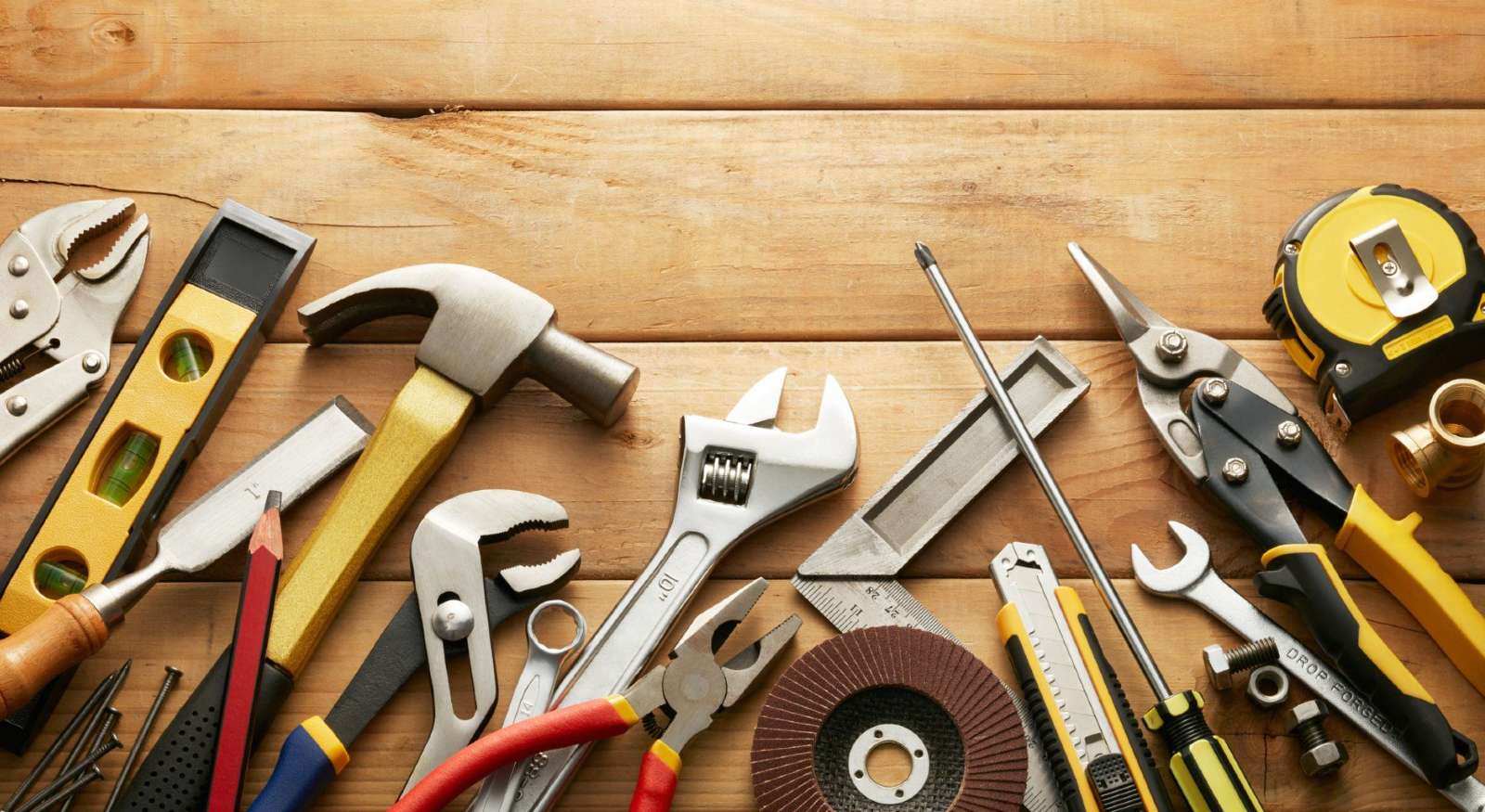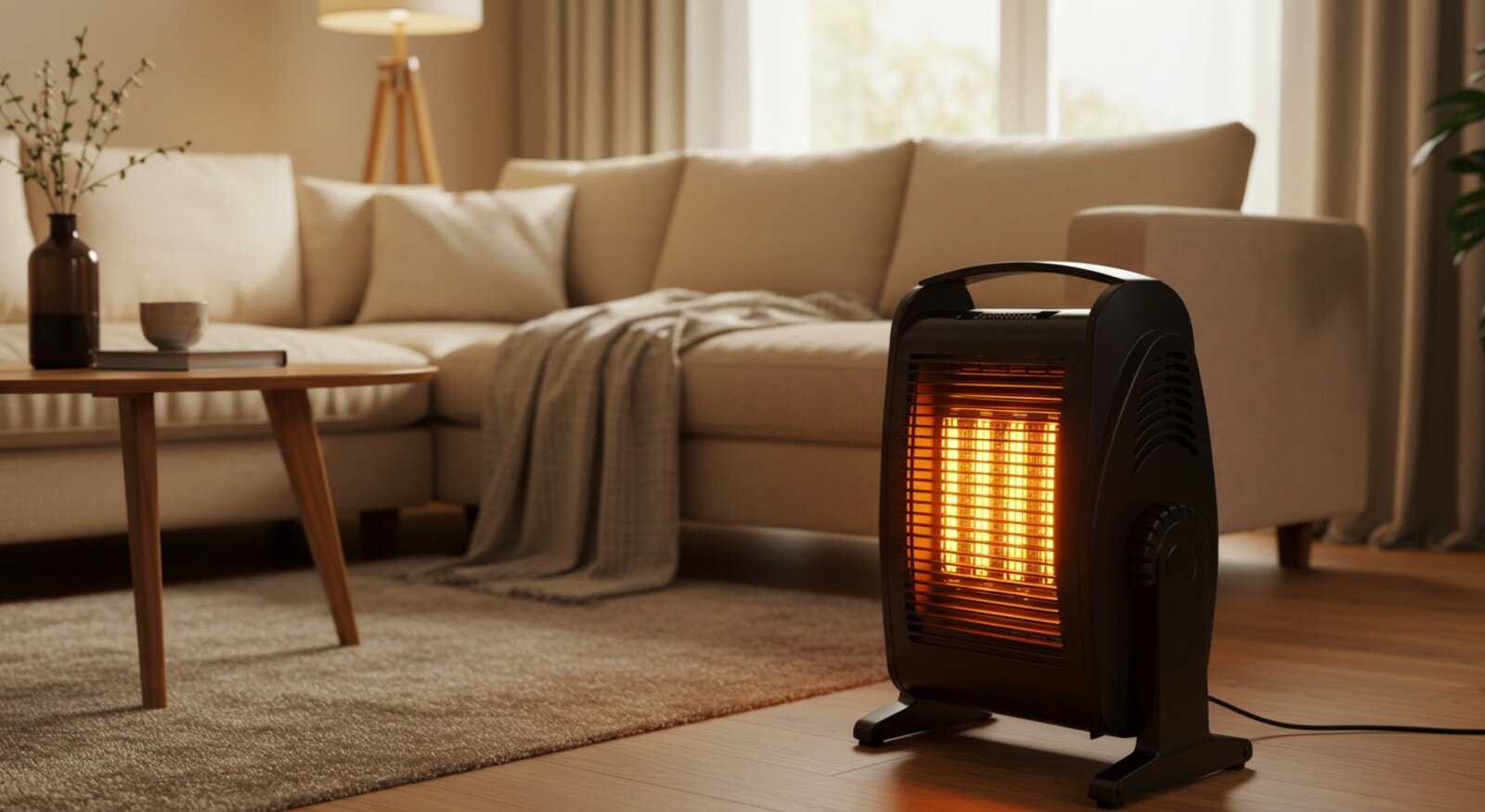Electrical fires: Causes, prevention, and how to act
September 25th, 2024
4 min read

Unexpected, quick to spread, and devastating. These are some of the characteristics of electrical fires and why you should take measures to prevent them. However, do you know what to do if you have one?
Given our more than 50 years of combined experience dealing with fire damage restorations, we are well acquainted with the devastation of fire in properties and people's lives. We are also well aware of what causes fires, what makes them so dangerous, and what to do when you are in the presence of one.
Due to their potential for rapid escalation, the only natural way to prepare for an electrical fire is to learn about it. And that's why we are here. From what causes them to how to prevent them and what to do if you encounter one, we will teach you about electrical fires in your home.
Electrical fires: Causes
An electrical fire is any type of fire that originates from electrical sources or systems. They can have different origins, spread to flammable materials, and grow out of control in your home. Dangerous as they are, electrical fires are well documented, and so are the factors contributing to their creation. According to the USFA, these are the causes:
- Electrical failure or malfunction: It's the number one cause of electrical fires in the United States, accounting for 87.8% of all residential electrical fires.
- Misuse of material or product. From improper handling of electrical equipment. For example, when people plug multiple cables into a power outlet and leave it unsupervised. They account for 5.5% of all electrical fires.
- Mechanical failure, malfunction: From non-electrical problems with appliances or equipment. They usually happen when some elements of the equipment overheat and ignite. They are responsible for starting 5.1% of electrical fires.
- Operational deficiency: When defects in the electrical equipment's control elements or poor handling of them. It accounts for the origin of 4% of electrical fires.
- Design, manufacture, or installation deficiency: This happens when the equipment is faulty in design, manufacturing, or poorly installed. This is why we recommend using specialized professionals when installing complex electrical equipment. They start 1.2% of all electrical fires.
- Natural conditions: From lighting to wildfires and other natural phenomena. They account for the origin of 1.1% of electrical fires.
- Other factors contributing to ignition: This refers to any other external factor that contributed to the start of the fire and accounts for 1% of electrical fires.
- Fire spread or control: This happens when an outside fire gets to the property and creates an electrical fire. They are scarce, accounting for a mere 0.2% of electrical fires.
Electrical fires: Prevention
Preventative measures can help reduce the risk of electrical fires in your home. Here are some essential safety tips:
Outlet Safety Tips

- Use electrical outlet covers if you have young children.
- Avoid overloading electrical outlets.
- Ensure plugs are fully inserted into sockets.
- Never force a three-prong plug into a two-slot outlet.
- Replace outlets if plugs don't fit securely.
Extension Cord, Power Strip, and Surge Protector Safety

- Do not overload power strips.
- Choose power strips with internal overload protection.
- Replace worn or damaged extension cords immediately.
- Keep cords out of places where they can be damaged, such as under rugs or carpets.
Appliance Safety Tips

-
Plug major appliances like refrigerators, stoves, and washers directly into wall outlets.
- Never use extension cords with major appliances, which can cause overheating and fire hazards.
- Unplug small appliances when not in use.
- Keep flammable items at least 3 feet away from lamps and light fixtures.
- Use light bulbs with the correct wattage for your fixtures.
- Avoid running cords under carpets, across doorways, or where they can become frayed by furniture.
- Replace appliances with cracked or damaged cords.
Electrical fires: What to do with a fire in your home
Should an electrical fire break out in your home, here is what you can do to minimize damage and protect yourself and your family:
Turn Off the Power
Immediately shut off the electricity to the area affected by the fire. Locate the circuit breaker and cut power to the specific area or your entire home.
Avoid Using Water
Never attempt to extinguish an electrical fire with water. Water conducts electricity, leading to severe or fatal electric shocks and spreading the fire to other areas.
Use a class C fire extinguisher
You can use this extinguisher specifically designed for electrical fires by following the PASS method:
- Pull the pin.
- Aim the nozzle at the base of the fire.
- Squeeze the handle.
- Sweep the nozzle side to side until the fire is out.
Evacuate and call emergency services
Do not risk fighting the fire if it spreads rapidly or smoke fills the room. Instead, if the fire grows uncontrollably or you can't access a fire extinguisher, evacuate immediately and then call 911 from a safe distance. Remember to tell the emergency operators about any pets or people that may still be inside.
Once you leave, stay out
Once outside, do not re-enter the home until firefighters declare it safe. Hidden electrical problems could cause the fire to reignite, putting you in danger again.
Electrical fire: Dealing with the aftermath
If your home was victim to an electrical fire, chances are the damage was somewhat extensive. The residue left by the firefighting efforts can result in severe problems with your and your family's health. Here is what you can do afterward to improve the situation:
- Wait for clearance. Only re-enter your home once the fire department confirms it is safe.
- Ventilate the area. Open windows and doors to clear out smoke and improve air quality.
- Contact your insurance company. Report the incident and file a claim to start the restoration process.
- Document the damage. Take photos of the damage before starting cleanup to help expedite your insurance claim.
- Hire a professional restoration company. They can safely handle cleaning, repairing, and removing smoke odors.
Not knowing how to deal with electrical fires can risk your home and your family's safety. While they are less common than cooking fires, electrical fires are usually more dangerous and tend to spread a lot quicker. Thankfully, now you know what causes them, how to prevent them, and what to do if you encounter them in your house. Your next course of action is to learn more about how we at Restore-It deal with fire damage restoration projects.
Topics:




















